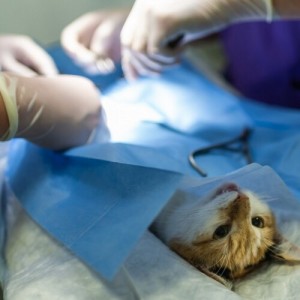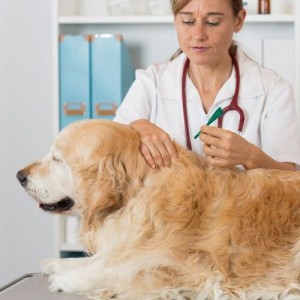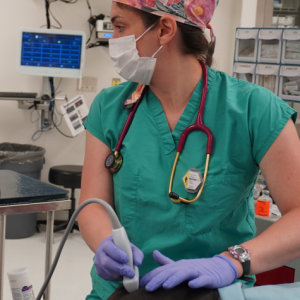Comparison of the effects of propofol and alfaxalone on the electrocardiogram of dogs, with particular reference to QT interval
Cardiac electrical activity is often altered by administration of anesthetic drugs. While the effects of propofol in this regard have previously been described in dogs, to date, there are no reports of the effect of alfaxalone.
This study investigated the impact of both propofol and alfaxalone on the ECG of 60 dogs, after premedication with acepromazine and methadone. Heart rate increased significantly in both groups. The PR and QRS intervals were significantly increased following propofol while with alfaxalone the QRS duration was significantly increased and ST segment depression was observed. The QT and JT interval were significantly shorter following induction with alfaxalone, but, when corrected (c) for heart rate, QTc and JTc in both groups were significantly greater following induction. When comparing the magnitude of change between groups, the change in RR interval was greater in the alfaxalone group. The change in both QT and JT intervals were significantly greater following alfaxalone, but when QTc and JTc intervals were compared, there were no significant differences between the two drugs.
The similarly increased QTc produced by both drugs may suggest comparable proarrhythmic effects.
Comparison of the effects of propofol and alfaxalone on the electrocardiogram of dogs, with particular reference to QT interval. Vincenzo Casoria et al. Front Vet Sci. 2024 Jan 8:10:1330111. doi: 10.3389/fvets.2023.1330111.
Source: https://www.ncbi.nlm.nih.gov/pmc/articles/PMC10800659/













List
Add
Please enter a comment